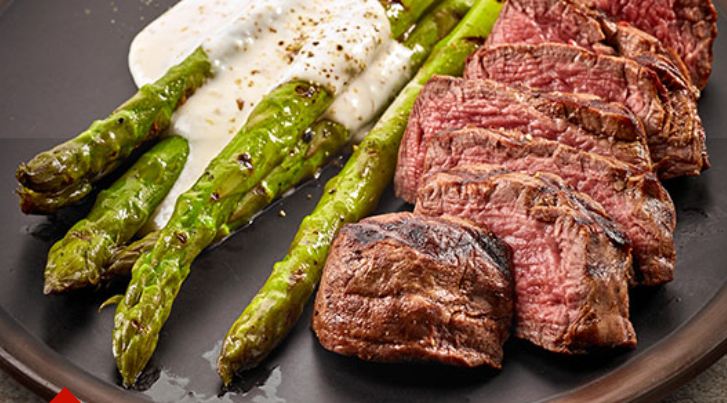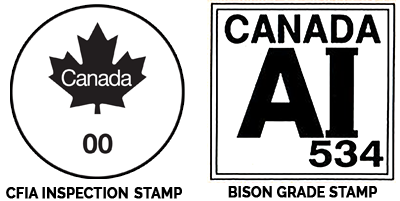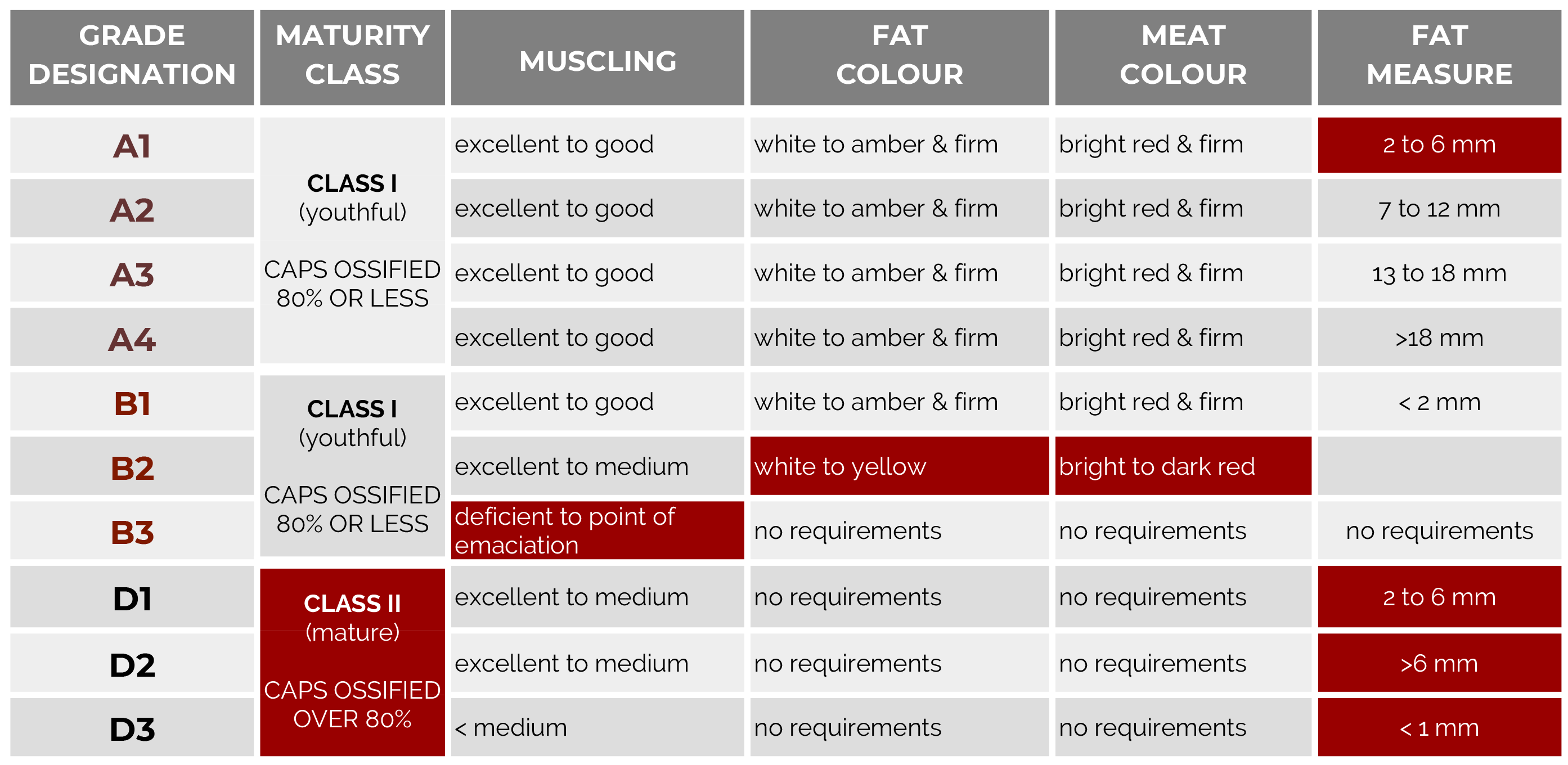CANADIAN BEEF GRADING AGENCY
BISON GRADING
Photo Credit: Canadian Premium Bison
THE IMPORTANCE OF GRADER AND GRADE CONSISTENCY
Bison grading helps to ensure that the meat from both heifers and bulls reflects a certain quality. Bison Grading is a voluntary service for a fee provided by the Canadian Beef Grading Agency.
Retail and food service customers often require graded product to ensure a consistent culinary experience for their customers.
A thorough understanding of the general characteristics, dressing and chilling practices and presentation as they pertain to the harvest of a bison carcass is critical for consistent assessment of the grade Requirements.
Every carcass bears a commercial value based on its Grade as assessed at a specific time and location. It is imperative that each carcass assessment be accurate and consistent within the Requirements.
TO CORRECTLY ASSESS A CARCASS, THE FOLLOWING MUST BE CONSIDERED:
- Understand all the factors and characteristics that influence carcass quality and yield.
- Understand and readily identify the factors which influence different grade outcomes as defined in the Requirements. Apply the assessment of required factors using logical, objective and consistent judgement.
- Monitor harvest floor activities for carcass dressing and trim to ensure fair producer weight compensation.
- Monitor the scales and hot carcass weight accuracy for subsequent producer payment.
- Monitor the sorting and segregation of carcasses to ensure the integrity of the grade labels on boxed product.

INSPECTION & LABELING
The Federal Government requires that all meats that trade across provincial or national boundaries be inspected for food safety. The inspection is done under the supervision of the Canadian Food Inspection Agency (CFIA). The CFIA also inspects meat products that are imported into Canada. The Canadian Inspection stamp means the meat product has met the federal food safety standards and is in compliance with government safety assurance programs.
All graded bison from a federally or provincially inspected plant must have the grade clearly marked on the carcass. Grades are stamped in three places on the hind quarter and two places on the front quarter.
HOW BISON IS GRADED
Only carcasses that have passed health and safety inspections shall be graded. A certified grader assesses a carcass based on the following:
- MATURITY (AGE)
Maturity of carcass is directly related to tenderness. youthful carcasses are the most tender. Maturity is assessed by the amount of cartilage hardening (ossification) on the ends of 9, 10, and the 11th vertebrae. - CONFORMATION (MUSCLING)
Muscle development is related to meat yield. - FAT
Fat colour and texture affect consumer acceptance and shelf life. - MEAT
Meat colour and texture affect consumer acceptance and shelf life.Marbling descriptions are not part of the grading regulations because bison meat comes from animals that have little or no marbling in their muscle structure.


CANADIAN BISON GRADES


